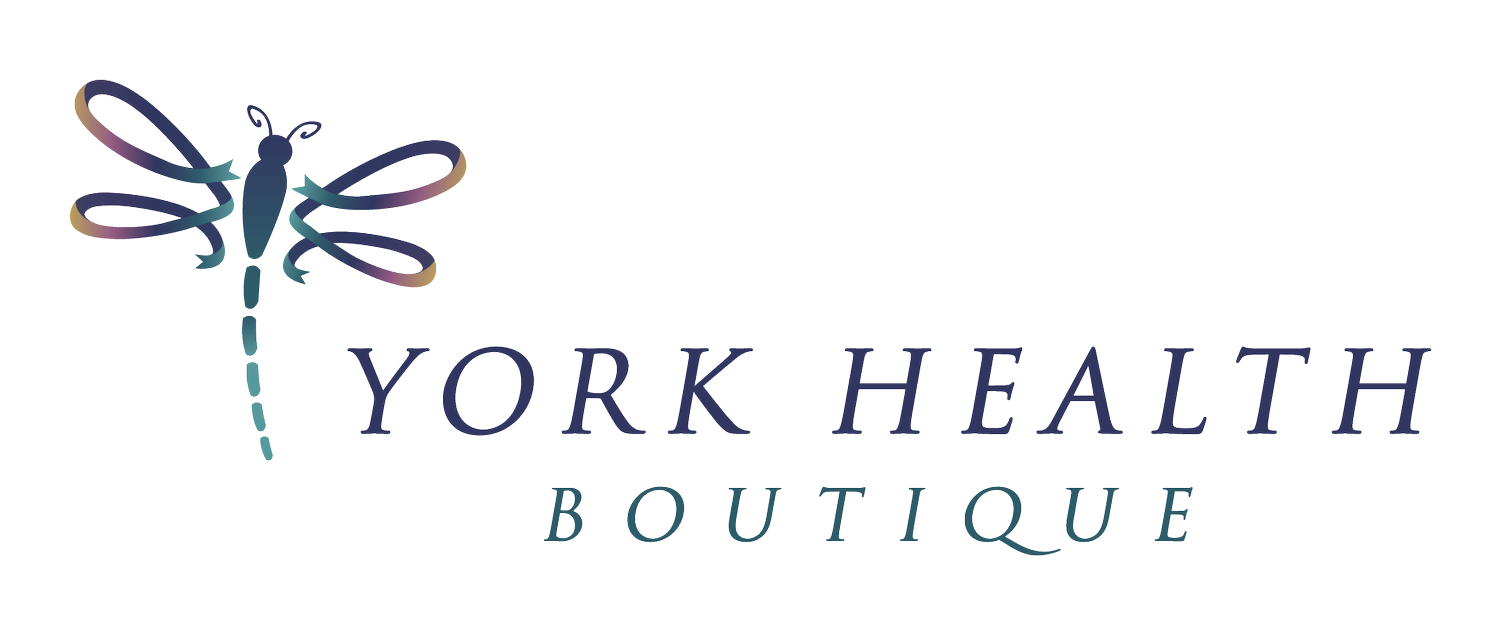Breast Self Exam
Female Breast Exam
Step 1
Stand before a mirror. Inspect both breasts for anything unusual, such as any discharge from the nipples, puckering, dimpling, or scaling of the skin.
The next two steps are designed to emphasize any change in the shape or contour of your breasts. you should be able to feel your chest muscles tighten while doing these steps.
Step 2
Watching closely in the mirror, clasp hands behind your head and press hands forward.
Step 3
Next, press hands firmly on hips and bow slightly toward your mirror as you pull your shoulders and elbows forward.
Some women do steps 4 and 5 in the shower. Fingers glide over soapy skin, making it easy to concentrate on the texture underneath.
Step 4
PART 1
Raise your left arm. Use three or four fingers of your right hand to explore your left breast firmly, carefully and thoroughly. Beginning at the outer edge, press the flat part of your fingers in small circles, moving the circles slowly around the breast.
Step 4
PART 2
Gradually work toward the nipple. Be sure to cover the entire breast. Pay special attention to the area between the breast and the armpit itself. Feel for any unusual lump or mass under the skin. Repeat the exam on your right breast.
Step 5
Gently squeeze each nipple and look for discharge.
Step 6
Steps 4 and 5 should be repeated lying down. Lie flat on your back, right arm over your head and a pillow or folded towel under your left shoulder. This position flattens the breast and makes it easier to examine. Use the same circular motion described earlier. Repeat on your right breast.
Male Breast Cancer
Men who are at a higher risk of breast cancer can benefit from performing a self exam as well.
Risk Factors
Older age
Estrogen Exposure
Family history
Inherited BRCA2 gene
Klinefelter’s Syndrome
Liver disease
Obesity
Radiation Exposure
Symptoms
Painless lump or thickening of breast tissue
Skin changes in the breast area, such as dimpling, puckering, redness or scaling
Nipple changes, such as redness or scaling, or a nipple that turns inverted.
Discharge
Self-Exam
Start in your bath or shower.
The water and soap provide slippery skin which makes it easier to examine.Check your breast texture.
This is easiest to do by raising your left arm over your head and placing your left hand on the back of your head. Use your index, middle, and ring fingers on your right hand to check your left breast. Make sure all 3 fingers are flat on your skin, press down and move in small circles. Start on the outer edge and move inward.Check your nipple.
Gently squeeze your nipple with your index and ring finger. Look for discharge, puckering or retraction (pulling inward).Check both sides.
Use steps 2 and 3 to repeat the exam for the right breast.Visual Examination.
Rinse and dry off with a towel. Stand before a mirror and note any asymmetry or skin changes (rash, puckers, dimples, lumps).How to handle a symptom.
If you feel any change in your breast that causes concern, please get in touch with your doctor for a clinical breast exam.







